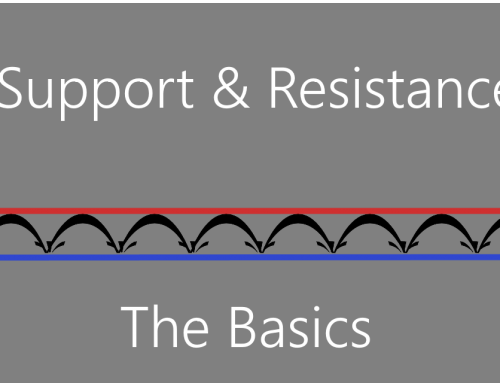Setting Stops For Long And Short Positions
Setting Stops For Long Positions
Here are a few suggestions on how to set stops for long (buy) positions.
1. Set the stop just under yesterday’s low unless yesterday was a big up day. Then move the stop closer to today’s open.
2. Set the stop just under a recent minor support level.
3. Use the daily Average True Range to determine the expected movement for the stock, and set the stop just beyond the range amount. (ATR is a feature found in RightLine Charts.)
4. Set the stop the instant your buy order gets filled.
5. Move stops up as the stock rises, first to break even, then to protect profits. On a long position when you use trailing stops, don’t lower stops – only raise them.
6. As the stock moves up and tends to “top out” or market conditions become unfavorable, “tighten the stop.” In other words, move your stop closer to the current market price. Doing this will effectively employ an “up or out” strategy” – either the price goes up, or you are out of the trade.
Setting Stops For Short Positions
Here are a few suggestions on how to set stops for short (sell) positions.
1. On daily charts, set the stop just above yesterday’s high unless it was a big down day. Then move the stop closer to today’s open.
2. Set the stop just above a recent minor resistance level.
3. Use the daily Average True Range to determine the expected movement for the stock, and set the stop just beyond the range amount. (ATR is a feature found in RightLine Charts.)
4. Set the stop the instant your order gets filled.
5. Move stops down as the stock declines, first to break even, then to protect profits. When you use trailing stops on a short position, don’t raise stops – lower them.
6. As the stock moves down and tends to “bottom out” or market conditions become bullish, “tighten the stop” which will effectively employ a “down or out” strategy.






